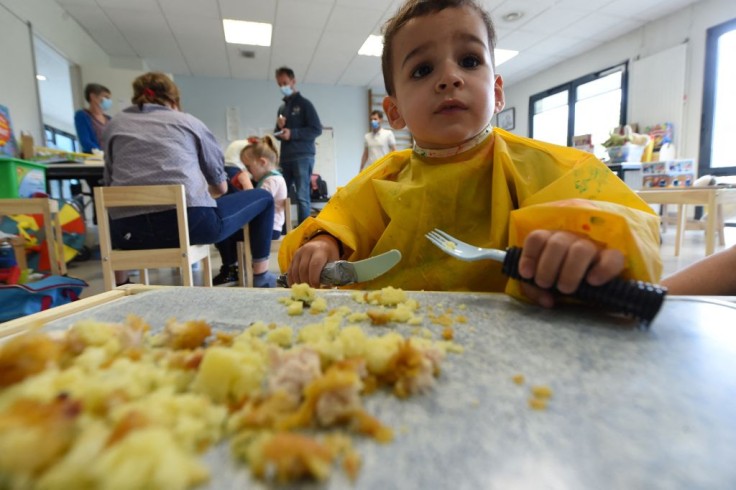
The pediatric feeding disorder (PFD), which affects one in 37 children below five years of age, is defined as the failure of the infant or the child to eat enough food to gain weight and grow in one month. The condition also includes children who lost a significant amount of weight in a month.
The recently developed clear diagnostics for the condition allow the families to avail of proper insurance coverage for therapies or special formulas necessary for the children affected, Insider reports.
It affects 20 percent of neurotypical children and 80 percent of children with developmental disabilities.
The children affected by pediatric feeding disorder
Easton, the son of Natalie Paterson, has struggled to eat solid foods since he was a baby. Natalie said they constantly went through doctors, procedures, and feeding therapists. The mom always worried if Easton ate enough nutrients and feared that he might be relying on an expensive prescription formula forever.
Every bite can be painful, scary, or impossible for infants and children with PFD. Hence nutrition, development, growth, and well-being are of significant concern. As per Nationwide Children, pediatric feeding disorders usually have extreme food selectivity. The selectivity may be by type (such as there is an aversion to a particular food group), texture (they only eat smooth or solid food), or only by brand, shape, or color. Some children may have feeding problems due to a medical condition or reflux. Others may have poor oral motor skills that make them unable to chew and swallow particular food, thereby restricting their diets.
Children of all backgrounds can have a pediatric feeding disorder. Most likely to be diagnosed with a feeding disease include premature infants, children with failure to thrive, children with autism, and children with genetic syndromes.
Read Also: What's for Lunch in French Daycare Centers
Clear diagnostic criteria
In 2014, a nonprofit organization, Feeding Matters, developed clear diagnostic criteria for PFD. The organization gathered a global group of physicians to collaborate with the American Academy of Pediatrics and others on a consensus paper that led to the adoption of a new code for a pediatric feeding disorder.
The code is used to track and record disease statistics and do research. Insurance companies also use it to qualify for coverage.
Benefits of getting insurance for PFD
In October 2021, Easton was one of the first children in the U.S. who was diagnosed with PFD. The insurance covers his supplements, reducing the family's financial burden. A team of therapists and doctors who understand PFD are working with Easton to increase his tolerance to wider food varieties.
In Arizona, the mom of the two-year-old Julian Avilez admitted that she would cry in her car because it was a struggle to get her son to eat. The toddler had feeding difficulty and used an NG feeding tube. She spends 50 percent of her budget on her son's feeding difficulty. The new diagnosis helped her avail of insurance for her son, Feeding Matters says.
For families with children with PFD, the new diagnostic criteria may change lives one meal at a time.
Related Article: Restless Leg Syndrome on Kids: Difficulty Sleeping and Other Symptoms that Parents Need to Know